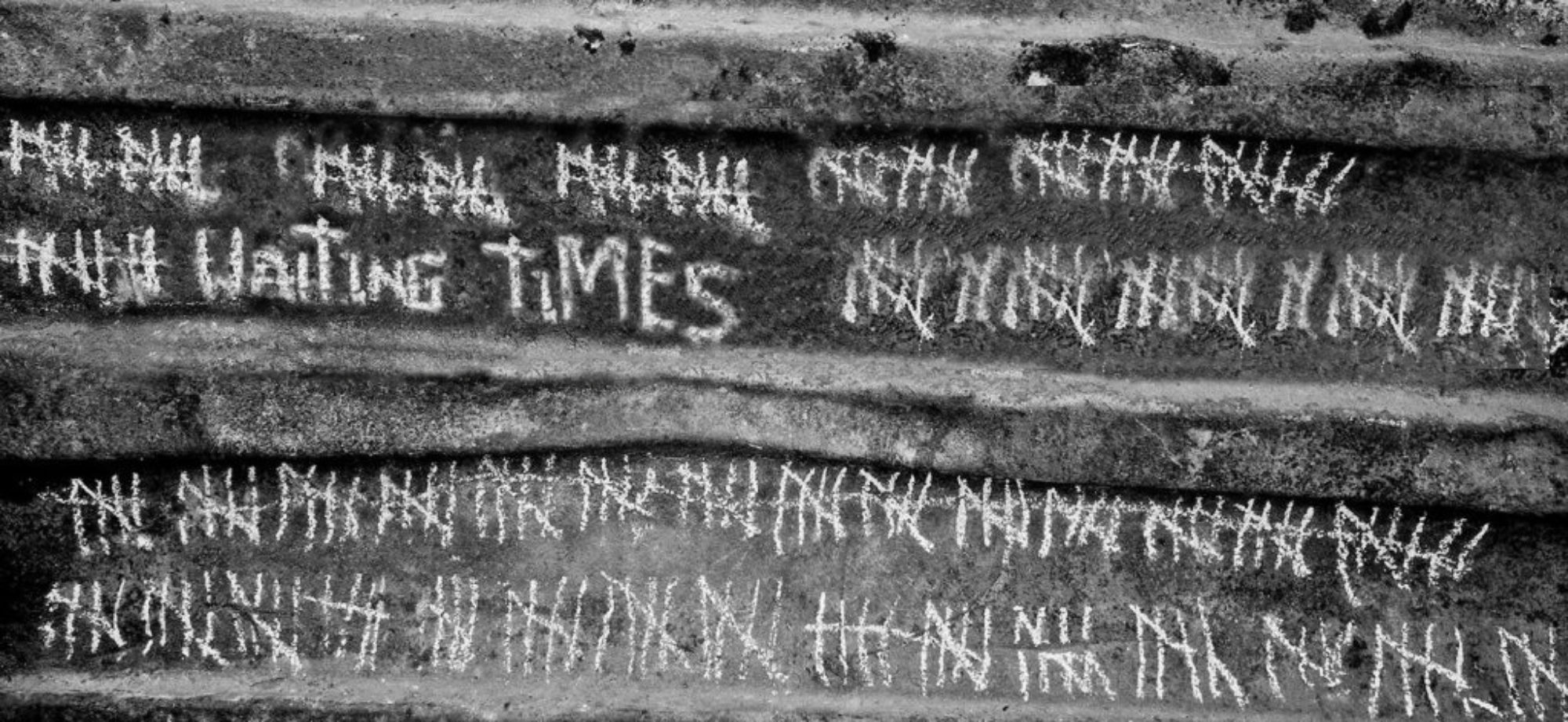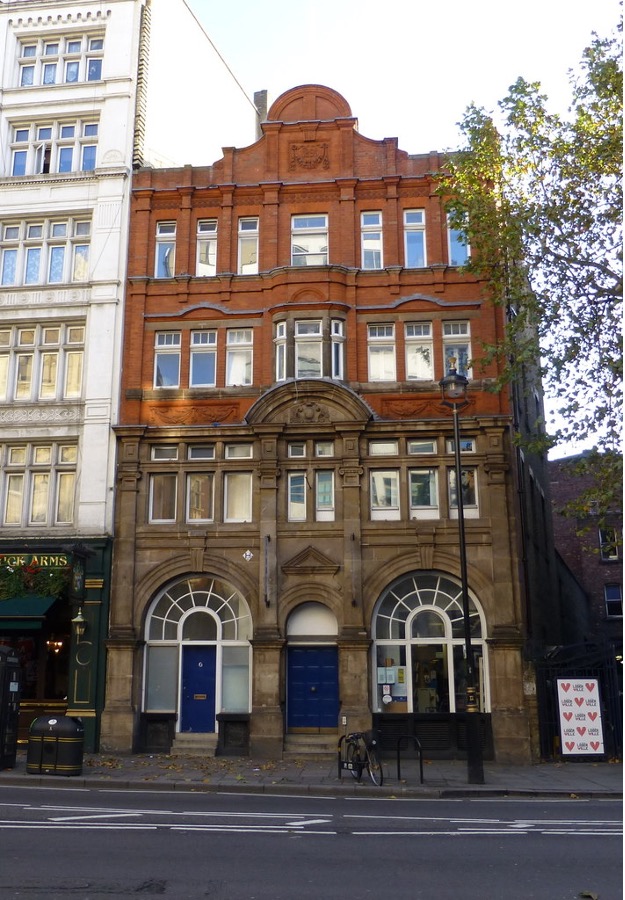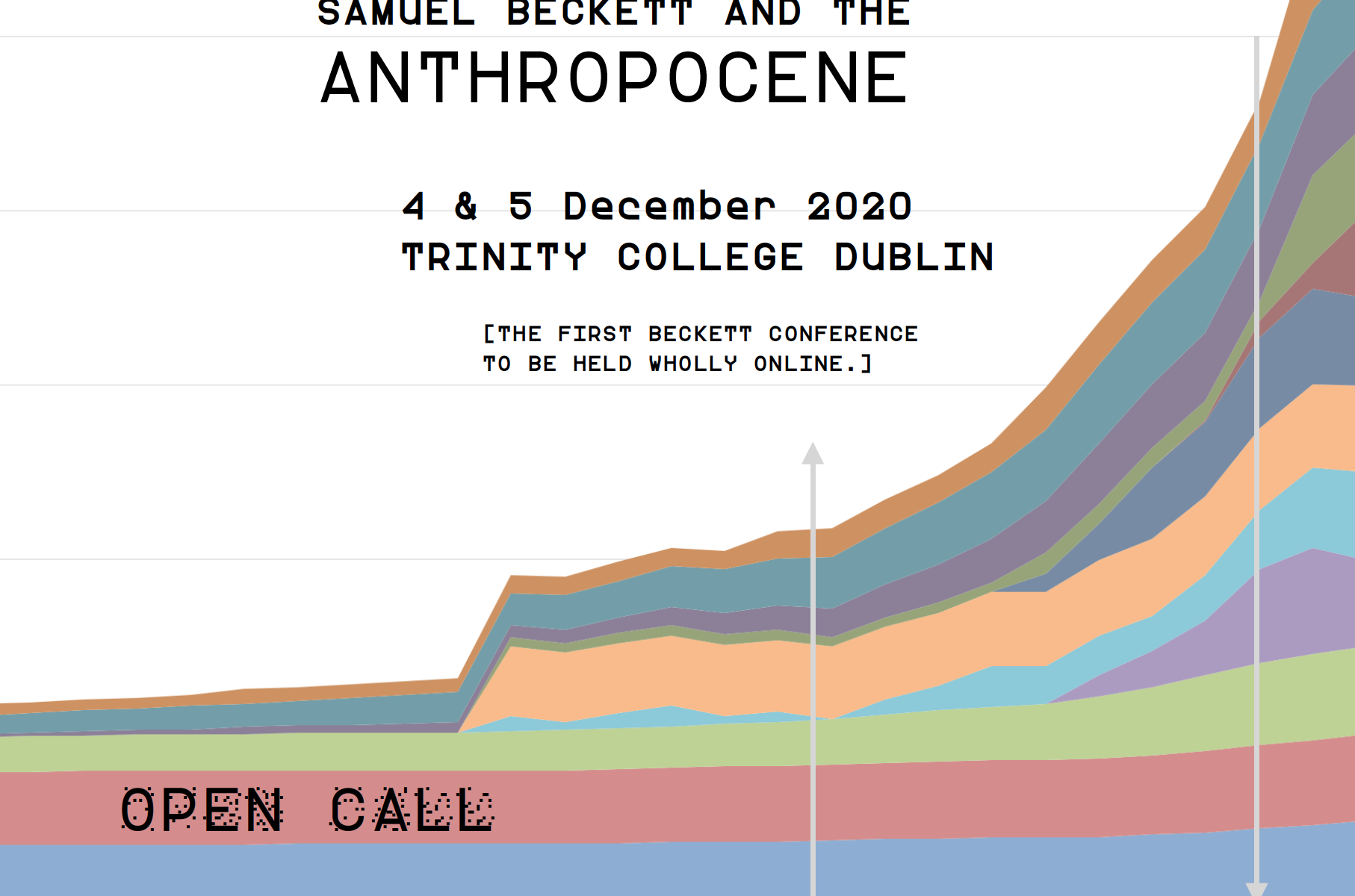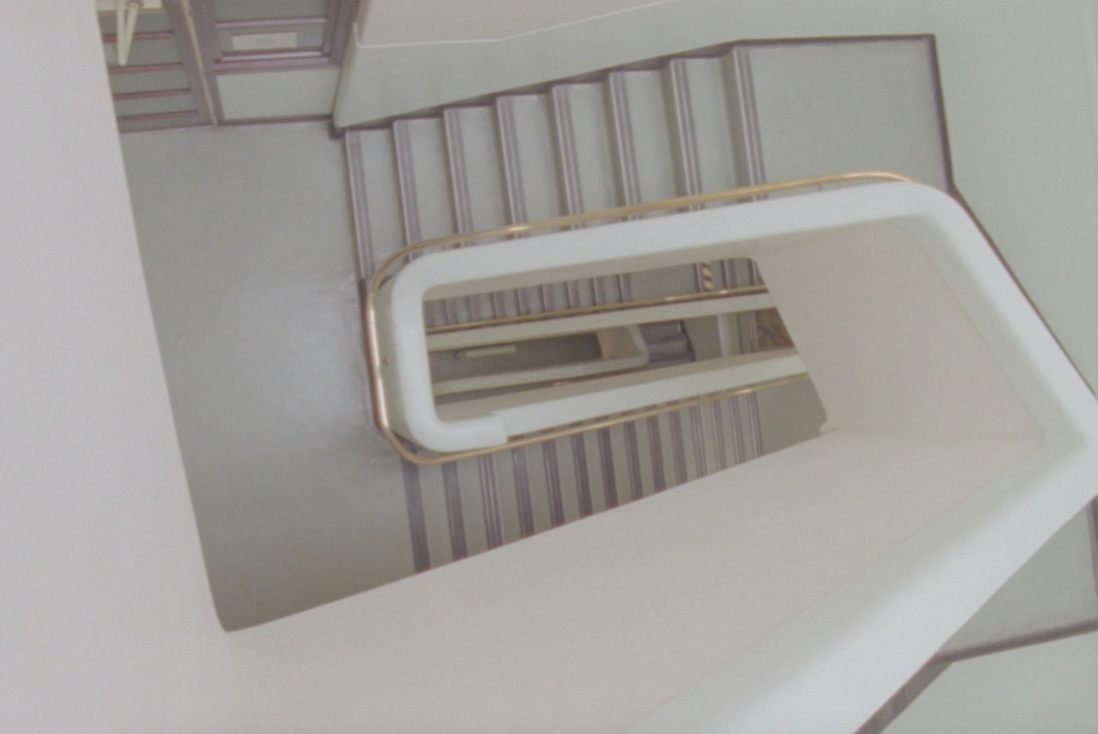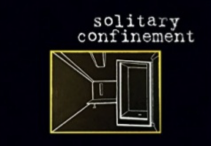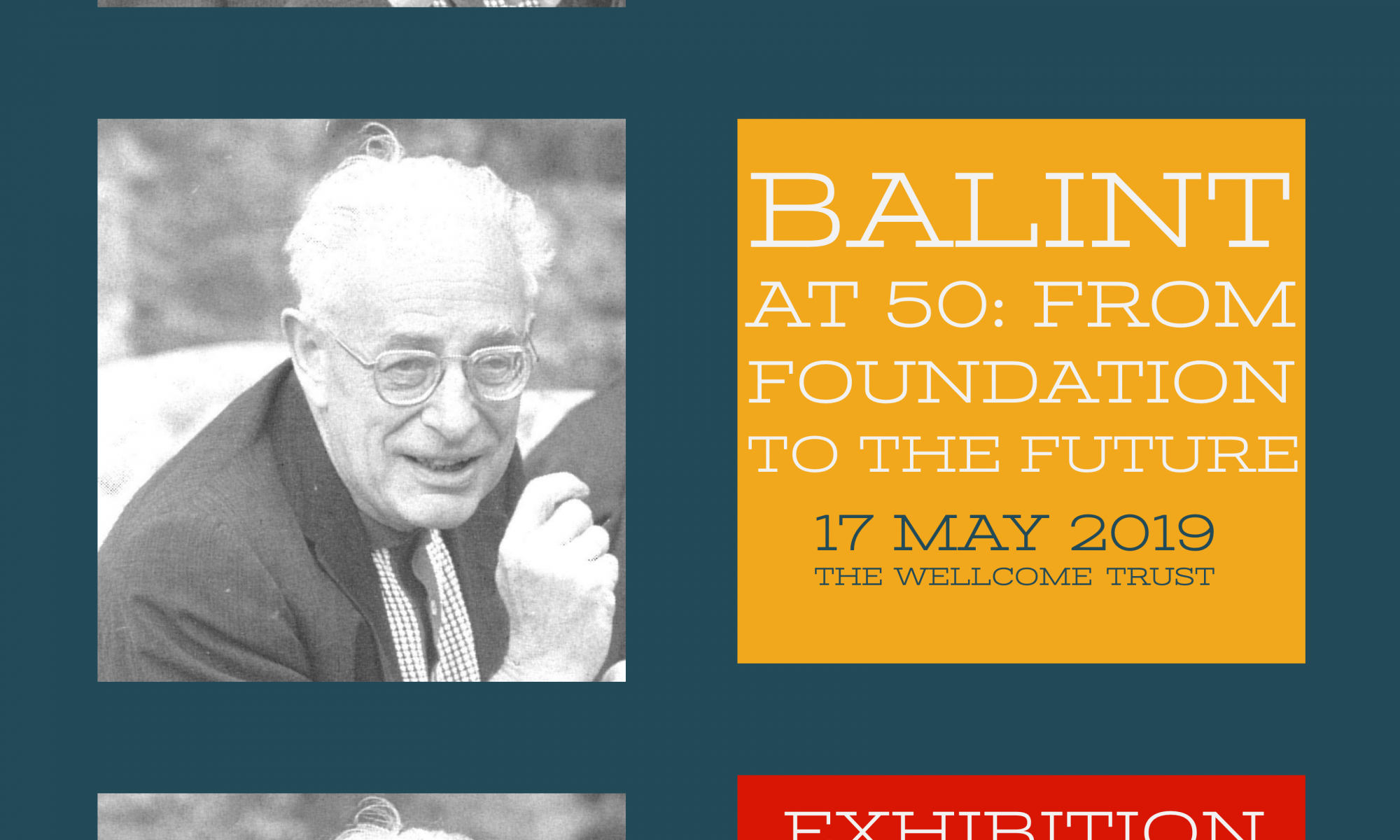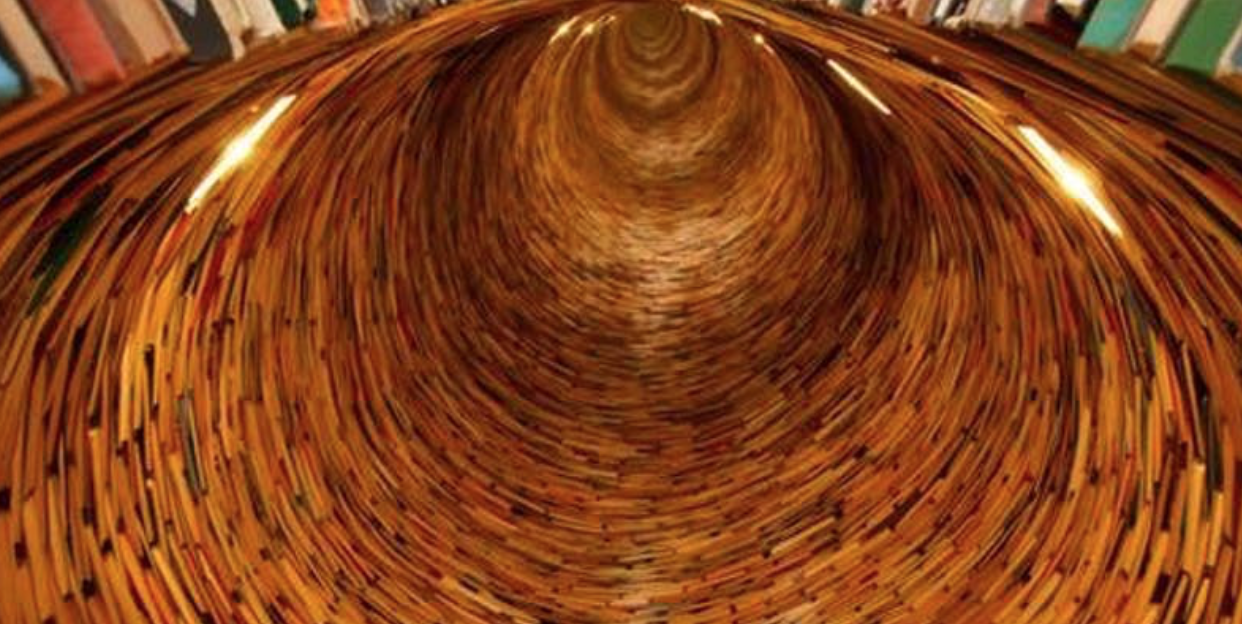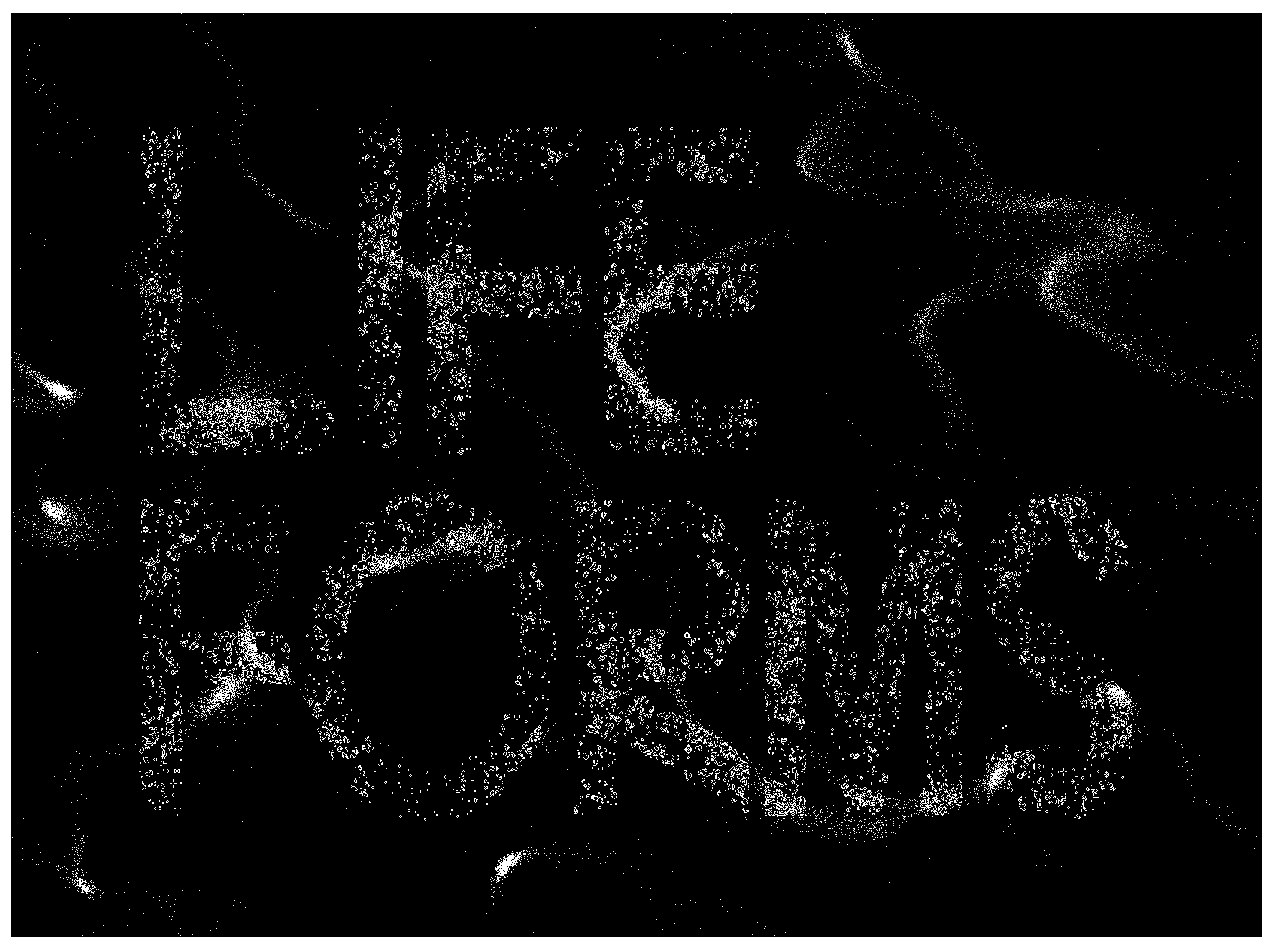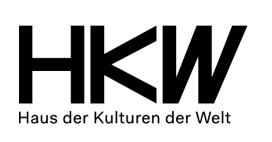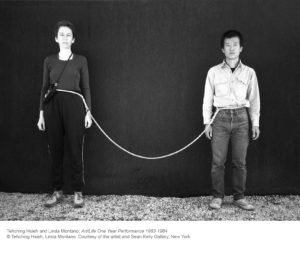CFP: Samuel Beckett and the Anthropocene, 4 & 5 December 2020, Trinity College, Dublin Online Conference
Our PI Laura is giving a keynote at the first fully online Beckett conference later this year: Samuel Beckett and the Anthropocene.
Topics and issues include:
- Debating the Anthropocene as a useful theoretical term
- Survival, home, and belonging
- Semiosis of life and death
- Eco-criticism, eco-phenomenology, eco-deconstruction
- Performing Beckett in the Anthropocene
- Education and the (post)humanities in the twenty-first century
The deadline for submissions is 31 August 2020. And the conference is a free event.
The full CFP document can be downloaded here. For more info, contact SBAnthropoceneATgmail.com
The Texture of Air, exhibition at the Eastman hospital
The Texture of Air: A History of Two Hospitals in Sound and Image
Image by Ben Evans James The Art Deco stairwell connecting the floors of the Eastman hospital
Stephanie Davis writes:
A few weeks ago, I attended the opening exhibition of ‘The Texture of Air’, a heritage project in honour of two old hospitals famous for their pioneering work introducing narrative therapy for children, snoring therapies and cochlear implants on the NHS amongst other things: the (old) Eastman Dental Hospital founded in 1931 and the (older) Royal National Ear, Nose and Throat Hospital (RNENT) opened in 1875. I learned that the project was commissioned three years ago after it was announced that the Eastman and the Royal National Hospitals would be moving from their ‘historic homes’ on Grey’s Inn Road to a new purpose built facility just around the corner. Today, this is the fully functioning New Eastman Hospital on Huntley Street whose foyer, with its 21st century hospital colour scheme and giant geometrical light fittings, I had the opportunity to visit since it served as the venue for the official opening of the exhibition.
I arrived expecting an oral history but the exhibition was much more than this. In addition to an archive of recorded conversations with hospital staff and patients captured over three years, there were films, photographs and artworks all inspired by the atmosphere and architecture of the buildings, the achievements of their inhabitants and the remnants of their working lives together. Accompanying it all was an orchestral score for a wind trio that had been composed especially. The composer, Nicole Robson spoke at the opening about how she had wanted to write a piece of music with the power to enchant its listeners in a way that would be reminiscent of the old (now deceased) Eastman hospital, with its maze of corridors, spiral staircases and the resounding footsteps of people coming and going from all directions.
Specialising as they did in the treatment of oral and aural conditions for many years, the two hospitals offer endless amounts of material for a project of this kind, leading to the discovery of resemblances between the work of trying to reconstruct the past creatively and the that of restoring lost hearing and speech by medical means. Affinities are drawn out in some of the more experimental field recordings featuring medical instruments or other specialist technology put to work in attempts to mediate the sounds of the hospital’s past. In one recording, the sound of an old television set is transmitted using induction coil pick-ups. In another, a much loved fountain on the hospital grounds is made audible from underwater using something called a hydrophone. Most recordings though, are of everyday noises made very simply by volunteers: fittings, machines, ways of life. They evoke the many worlds that disappeared along with the hospitals, of ancient doors swinging shut, an ornate lift grinding to a halt and patients chatting in the waiting room.
Several of the audio recordings have a strange echo-like quality of seeming to be simultaneously caught up in the present and the far flung past. The sounds of machinery whirring away in a non-existent lab for instance, the elongated beeps of the standard hearing test, the passing remarks of women stood together during a fire alarm test, are soundscapes that might belong to different decades or even to different centuries of the same institution. Whereas in the audio-visual archive, the old things of different eras are thrown together in the exhibition in a disorientating way with some of the images from the exhibition appearing almost ahistorical. Film footage of uniformed staff gazing into the camera and blanched out photographs of empty showroom clinics are cut off from anything that might bind them to a particular time period. They seem already to be disappearing into their own atmospheres as though detached from any actual past or future. The lidar scans showing cross sections of the hospital in fossil form also fall into this category of seeming to come from outside time altogether.
Another temporal grouping is reserved for things that have grown old during our own lifetime with a speed that seems to have been accelerated by the much older physical environment of their surroundings. An example of this is the image, shot in a side room of one of the old hospitals, of a heap of medical technology that can’t be older than twenty years being left to gather dust. The actual age of the materials and their connection to the present feels irrelevant. Like all the other things that fall into this category of discarded things from the long past of the institution, the objects lose any foothold in the recent past and get jumbled up with the things of other eras.
The circumstances surrounding the work might help to explain some of its anachronisms. Materials for the oral history were presumably being gathered in the final months and years just before the buildings were closed (demolished in the case of most of the Eastman Dental Hospital), and the work of collecting the past appears to have shared roughly the same timeline as the work of dismantling the two hospitals. There is at least one mention of this in recorded conversations when two women are overheard speculating hopefully about whether or not they will still get to see eachother after the crossover, “…we will still have time together, won’t we?”. But for the most part, nothing is said on the subject of the future. Its conspicuous absence lends the whole project an eerie quality, cutting it adrift from the present and making it seem as though the voices of staff and patients populating the institutions and now the archive, were never to leave the hospitals after those last days. Had somebody stayed around long enough to have overheard them making their way through the end of one era and into the start of another, the exhibition might have felt a little less haunted than it turned out to be, but the Texture of Air seems always to have been a project more interested in opening a portal to the past than in finding continuity with the future.
The project was led by Oral Historian, Laura Mitchison in association with Screen Deep and On the Record and featured the work of artists and the contributions of volunteers. A complete list of credits and the archive itself are available at https://www.thetextureofair.uk/
The exhibition will remain open for the public to view in the new Eastman hospital.
The Power of Sequential Narrative w/ Sarah Lippett and Lucy Sullivan
Saturday, 30 November, 3:30 – 6:30pm, Women’s Art Library (WAL), Goldsmiths University Library
Join graphic novelists Sarah Lippett and Lucy Sullivan for an afternoon of discussion on the power of sequential narrative for approaching the topic of illness, loss and physical and mental health. Hosted in the context of the Women’s Art Library (WAL), curator and lecturer Samantha Lippett will chair a debate, paying specific reference to Sarah’s latest Jonathan Cape published graphic memoir, A Puff of Smoke, that explores her experience of growing up with an undiagnosed rare disease and Lucy’s graphic novel Barking, that draws upon her experiences of mental illness following the loss of her father in her early twenties. Framed within the genre of graphic medicine, together they will consider the radical potential of books like these to discuss the life topics that are often too complex for words alone. Followed by a Q&A.
There will also be a temporary display of the books and associated ephemera that will later be donated to the Women’s Art Library archives. Both graphic novels will be available to buy and free drinks for all.
With thanks to special collections librarian, Althea Greenan.
FREE, booking recommended – please follow the link to book
A Puff of Smoke Talk and Workshop with author and artist Sarah Lippett
Date and Time: Fri, 22 November 2019, 13:30 – 14:30 GMT
Location: The Centre for Better Health, 1A Darnley Road, London, E9 6QH
FREE, but registration is required, please follow the link to register.
A Puff of Smoke (published by Jonathan Cape 7th November) is a graphic memoir about what it is like to grow up with an illness that no one can diagnose. Sarah Lippett spent eleven years suffering with symptoms from an unknown condition, until she was diagnosed with the rare disease Moyamoya at the age of 17.
For the month of November (1st – 29th November) an exhibition will be held at The Centre For Better Health that will explore the wider themes of the memoir.
Join Sarah as she talks through the process of revisiting her past and piecing it back together as a graphic memoir. The talk will be followed by a short workshop where participants are invited to create sequential narratives based on their own lived experiences. No drawing experience necesssary.
Read a recent Observer review of “A Puff of Smoke” book:
Incarceration: Space, Power and Personhood, 17 June 2019
Monday June 17, 2019
9.30 – 16.30
Room 101, 30 Russell Square, Birkbeck College, University of London
Lisa, our PI, will be speaking as part of this symposium in response to the work of Professor Lisa Guenther and her book Solitary Confinement: Social Death and Its Afterlives (2013). Professor Guenther is visiting Birkbeck as part of the Hidden Persuaders (Birkbeck) and Pathologies of Solitude (Queen Mary) programmes of research.
For more info on the event, and to book tickets, please click here.
Balint at 50: From Foundation to the Future, 17 May 2019
Our research fellow Raluca will be talking at this day long event celebrating the 50th anniversary of the Balint Society.
The event will be at the Wellcome Collection, 183 Euston Road, London NW1 2BE on Friday, 17 May.
The day will include the 23rd Michael Balint Memorial Lecture, speaker Peter Toon.
For more info and to book tickets, visit the Balint Society website.
Association of Psychosocial Studies ‘Reading’ Conference, 16-17 May, 2019
The Psychosocial – Reflections and Developments
The Association of Psychosocial Studies ‘Reading’ Conference
Birkbeck, University of London
16 – 17 May, 2019
The Waiting Times team will be contributing to this two-day conference exploring the development of the psychosocial field of studies.
The conference will have reading sessions in the morning, with groups of no more than 20 participants. In the afternoon, delegates will come together in larger groups for discussion workshops.
For full details of the programme for the two days, including a complete list of the reading sessions, and to book tickets, please visit the conference Eventbrite page.
We’ll be taking part in the afternoon workshops on 17 May. Hope to see you there.
Raluca Soreanu plenary paper at the 11th Meeting of the International Society of Psychoanalysis and Philosophy, Stockholm, 2-4 May, 2019
Our research fellow Raluca Soreanu is giving a plenary talk at the 11th Meeting of the International Society of Psychoanalysis and Philosophy.
Raluca will be talking on ‘Truth, Utopia and the Figure of the Child: A Ferenczian View.’ The meeting will be in Stockholm from 2-4 May, 2019.
For more information, visit the ISPP website.
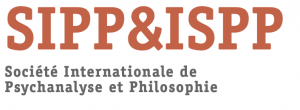
Life Forms, 25 – 27 April, 2019 in Berlin
Our PI Lisa Baraitser is contributing to this three-day Berlin event as part of the Technosphere research project exploring the dilemma of global technology and identity.
The event is taking place at the Haus der Kulturen der Welt. For more info visit the Life Forms website.
